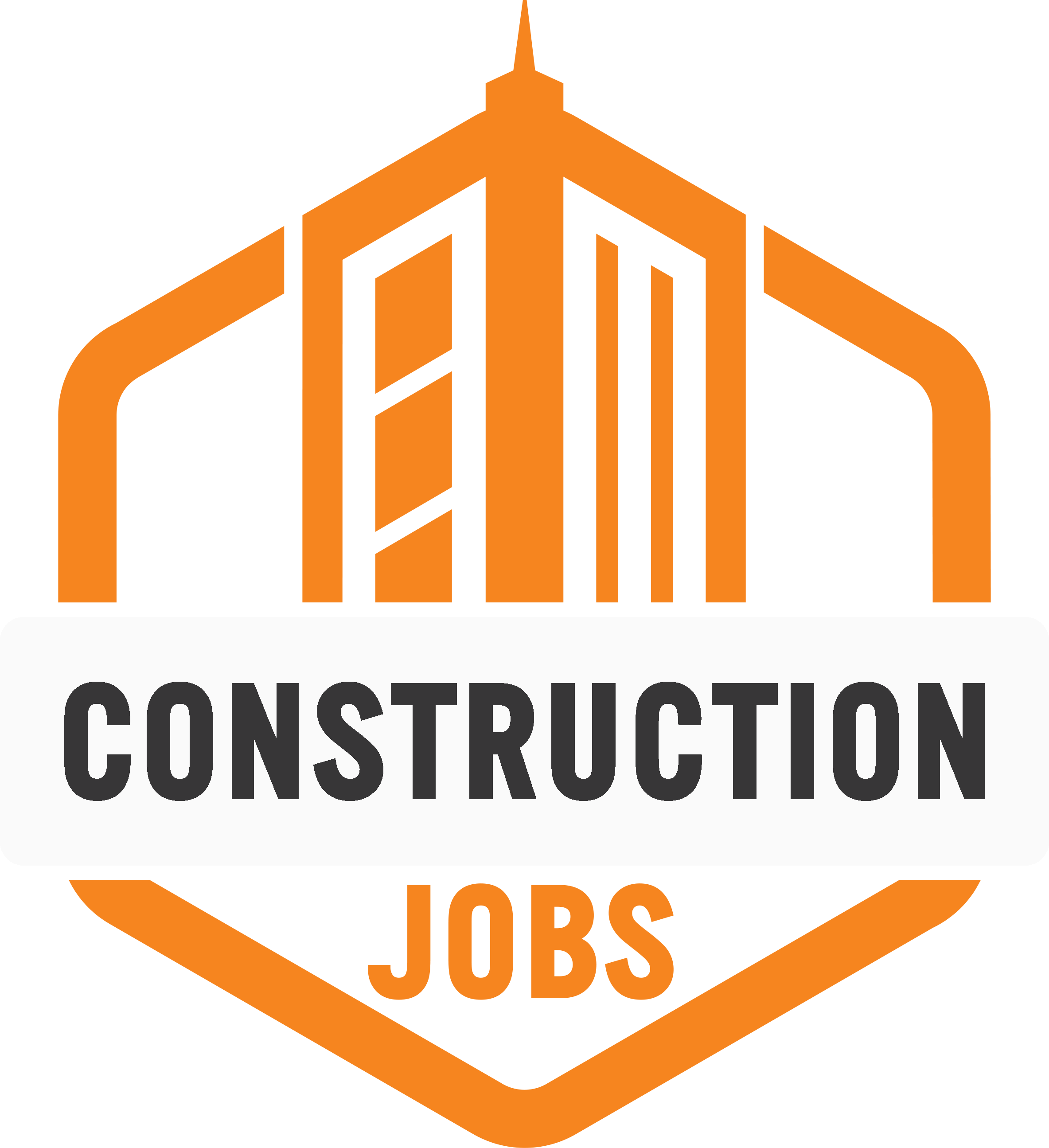Reducing Accident Rates: Effective Safety Communication Strategies
Effective safety communication can reduce accidents related to equipment, materials used and human behavior.

Adopting solid communication strategies is vital to your ongoing efforts to prioritize construction site safety. With some focus and planning in a few key areas, you can ensure all stakeholders stay informed and safe.
Maintaining a Safety Dialogue
A common mistake is relying exclusively on written documents to communicate safety practices. Unless safety is a part of regular conversations, it can be easy to overlook or even forget some of the most basic protective measures. You’re better able to reduce accident rates if you encourage a regular and proactive dialogue about hazards and how to minimize them.
Hold frequent sessions in which everyone working on a project or — depending on the size of your construction business — your entire company discusses safety. These can be monthly or quarterly meetings where you go over new safety issues, examine protocols, and remind staff of critical risks. Most importantly, these sessions should also be forums for stakeholders at all levels to give safety feedback and suggestions. These conversations keep everyone engaged with risk management and demonstrate the value of all perspectives in maintaining mutual well-being.
Feedback and guidance from peers can be just as valuable as presentations from management. Construction workers often collaborate more closely with their peers than their supervisors. This comradery provides opportunities to spread awareness of avoidable construction hazards. Encouraging workers and contractors to talk about safety issues with one another is a vital part of stimulating the safety conversation.
Talking about safety doesn’t come naturally to everyone. Making such conversations a central part of your culture may help. Ensure that open discussions about safety begin from the onboarding process and are part of daily activities. It can also be wise to incorporate techniques and exercises around discussing safety into your company’s training practices, helping workers develop skills and become more comfortable with maintaining the safety dialogue.
Using Visual Aids
Clarity must be a priority when considering your safety communication strategies. Unless your stakeholders can easily understand instructions, errors that can cause injuries and illnesses can easily follow. One of the steps that can support greater clarity is to implement a range of visual aids, which include the following:
Illustrated signage
Safety signs that feature simple illustrations are useful because they don’t rely on reading comprehension alone. Visual aids reduce accident rates and improve the accessibility of your communications. It’s important to make sure that the meanings of illustrations or symbols you use on signage or instructions are obvious. Plenty of standard symbols have been developed for this purpose. Additionally, ensure that the signs' colors draw attention while allowing staff to read the accompanying text easily.
Simple labeling
When you have chemicals and other dangerous materials in your workplace or project site, following hazardous material and chemical safety management protocols is vital to assuring the health of your team. One of the most important steps is to label all hazardous materials correctly and clearly. Doing so necessitates using the Globally Harmonized System (GHS) standards that incorporate hazard pictograms to clarify the types of danger the contents present. Printing the product name in bold text at the top of the label reduces the potential for it to be used mistakenly instead of the intended product.
Leveraging Tech Tools
The rise of the digital landscape has produced useful safety tools for construction businesses. These tools aren’t just items that directly minimize the risk of incidents, like auto shut-offs on machinery. You can also leverage technology to improve safety communication, which helps reduce accident rates.
On the most straightforward end of the scale, you can use cloud storage platforms to make safety guidelines accessible to staff wherever they are on a project site or the company’s premises. Cloud storage can be essential for complex measures that may be applied differently across multiple work sites.
For instance, correct chemical storage safety practices are critical, whether materials are kept in a storage unit, supply closet, or site kitchen. These measures will include general steps for all chemicals, like checking the integrity of containers. There will also be processes specific to the chemical: for example, flammable materials must always be kept in cool areas away from heat sources. By keeping these guidelines in a universally accessible location, like the cloud, your contractors and staff can simply pull up the information on their smartphones if they’re uncertain how to proceed.
You can also incorporate more advanced technology. Internet of Things (IoT) sensors could be placed around your worksite and even on employees’ wearable devices or personal protective equipment (PPE). These tools link with software that monitors the conditions of the workplace and workers' behavior. The IoT occupational safety program then alerts supervisors and other staff when the safety risk changes. This system enables everyone to respond quickly and effectively before incidents escalate.
Conclusion
Adopting solid safety communication strategies can reduce accidents on your project sites. You can implement various steps, from encouraging open safety conversations to using supportive technology. It’s also important to regularly assess how effective your communications are, and how communications are impacting projects. Reach out to your staff and review accident data so you can identify areas to make targeted improvements.
- Share This →

